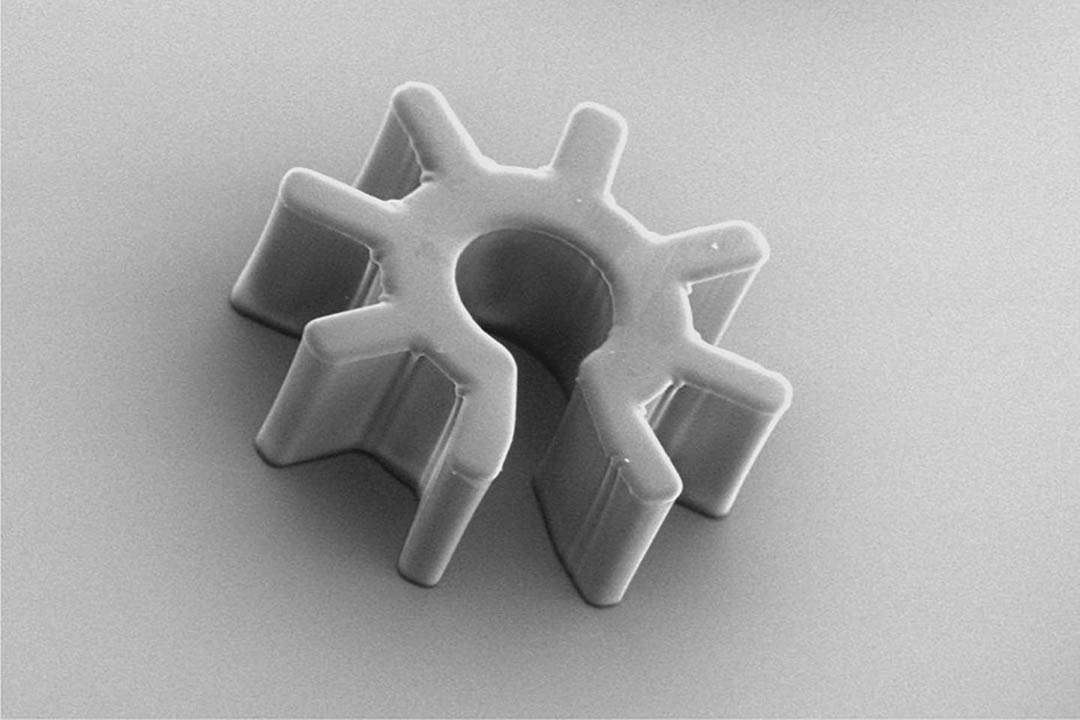Tiny robots that can control light could prove to be a non-invasive method for micro-manipulating cells, according to a recent study co-authored by U of T researchers.
Cell manipulation involves the movement of cellular material from one place to another. This technique has been a critical component of numerous research studies in life science areas, including fertility, food science, and physiology.
Limitations of an established existing method
Previously, researchers relied on more invasive techniques to manipulate cells. One method has been the application of optoelectronic tweezers (OET), which creates patterns of light on a photosensitive surface to move microscopic particles.
But as OET uses light to directly engage with the object, according to Postdoctoral Fellow Dr. Shuailong Zhang, this interaction might affect certain biological functionalities. In other words, OET could change the behaviour of living cells — especially by damaging individual biological cells and nanoparticles.
To overcome the limitations of OET, the U of T research team engineered micro-robots to manipulate singular cells with less direct interaction. Zhang, who is the paper’s primary author, led the team alongside Dr. Aaron Wheeler, a professor at U of T’s Department of Chemistry.
How micro-robots address the pitfall of OET
Projected patterns of light are used to direct the micro-robots. The robots then ‘scoop up’ cells or other microscopic particles, which researchers can then isolate from the biological system.
Due to the advantages that these micro-robots provide researchers over OET, this novel technique can be extensively harnessed in studies that analyze single cells.
“The difficulty with OET was that it interacted with the object [under manipulation], which could affect certain biological functions,” said Zhang. “However, with micro-robots, this interaction is restricted and the object can be transferred with greater intensity and accuracy.”
A popular design for the micro-robots is a cogwheel shape. However, due to the straightforward manufacturing requirements of the robots, they can easily be designed as different shapes.
Micro-robots were a product of an interdisciplinary effort
U of T is regarded as a powerhouse for research, with thousands of students interested in different careers in science, technology, and engineering. With that in mind, Zhang reflected on the interdisciplinary nature of the research environment that produced micro-robots.
A major challenge that his team faced was deciding how everyone can work together effectively: the team had experts from numerous fields, such as biology, engineering and physics.
Working together and understanding each other in such a multidisciplinary environment posed a challenge. Overcoming the challenge, and greatly benefiting from the team’s diversity, enabled the researchers to coordinate and engineer an innovation that could advance single cell research.


